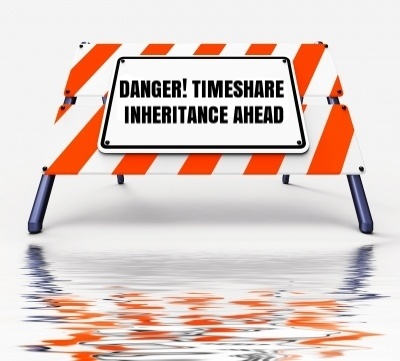 A trial loan modification is usually the next-to-last step for homeowners who have successfully applied for a loan modification. Lenders give homeowners trial loan modifications to test their ability to pay a mortgage payment under terms that have been optimized to fit a homeowners' financial situation. Trial loan modifications usually last for 3 months, and if all 3 payments are paid in full and on time, then the mortgage lender will begin the process of offering a permanent loan modification.
A trial loan modification is usually the next-to-last step for homeowners who have successfully applied for a loan modification. Lenders give homeowners trial loan modifications to test their ability to pay a mortgage payment under terms that have been optimized to fit a homeowners' financial situation. Trial loan modifications usually last for 3 months, and if all 3 payments are paid in full and on time, then the mortgage lender will begin the process of offering a permanent loan modification.
For most people, a trial loan modification is like a bridge into the "promised land" of financial stability. If they're able to successfully cross over that bridge after fighting to reach it for several months, then their financial lives will be in a much better position than before.
How to Cross the Bridge
However, there can be snags trying to get to the other side. A single missed payment can mean that the entire loan modification process has to restart from square one, and that a home is that much closer to foreclosure (remember, foreclosure proceedings do not stop for loan modification) so it's important to ensure that your payments get to the bank- and get there on time.
There are three different ways to pay your loan modification: You can pay by credit card or electronic check via phone, by cashier's check via priority mail, or by Moneygram. Each method has its own merits and risks, and what works the best for one homeowner may not be the best choice for you.
1. Paying via Telephone
Paying via telephone is the most instantaneous (and advantageous) payment method available, as you will receive payment confirmation instantly, and you will also have double confirmation through your bank records. If you choose not to use your lender's automated sytem to pay, there may be a fee to speak with a live person and transact your payment instead. However, that fee is usually nominal compared to the other payment methods. In order to avoid any issues later, homeowners should be sure to request a transaction ID and the ID number of the representative they speak with each time they pay this way.
This is the only method of payment that our law firm recommends, because of its security and multiple methods of recording transactions.
2. Cashier's Check through Priority Mail
 While your lender will request a cashier's check because it is drawn directly from a bank (instead of a bank account) and is much safer than a personal check, this is not necessarily the safest option for a homeowner.
While your lender will request a cashier's check because it is drawn directly from a bank (instead of a bank account) and is much safer than a personal check, this is not necessarily the safest option for a homeowner.
Not only will a homeowner have to go to a bank and request (and possibly pay for) a cashier's check, he or she will have to go to the post office and pay for priority mail too. Although priority mail is not mandated by lenders, we highly recommend priority mail if you choose to pay your trial payments this way, priority mail gives you the advantage of tracking, speed, and confirmation of receipt.
Once time and gas costs are factored in, this can cost more than any other method of payment, and it's not as fast as the other methods of payment are, either.
3. Paying Via Moneygram/Western Union Money Transfer
This method of payment is faster and more secure than paying via cashier's check by mail. The only problems are that you will have to find a Moneygram (or Western Union- depends on which your bank prefers) location in order to complete this transfer, and you will also have to pay a premium for this security- around $12.00 in most cases. While $12.00 may not seem like much to some people, it can be a lot of money to someone who is trying to get back on their feet financially.
Getting to the Other Side
If you've been awarded a trial loan modification, then the key is to be sure to do everything in your power to pay your trial modification payments on time, or else you'll lose the modification offer (and possibly the chance to re-apply for a modification in the future). The dividend of not dealing with the stress of foreclosure and unfair mortgage terms will be well worth it. If you've completed your trial modification and haven't received notification of a permanent modification yet, then don't stop paying your payments in a timely fashion until you've actually received a permanent loan modification offer from your bank.
In addition, we cannot stress how important it is to keep detailed records of every trial payment you make. As thousands of homeowners can attest, banks are from from perfect when it comes to accurately recording and transferring homeowners' payment information- especially since a homeowner's mortgageholder or loan servicer is liable to change hands during the trial period.
Paradise Bridge: photo credit: magnusvk via photopin cc
Rock Bridge: photo credit: apurdam (Andrew) via photopin cc










